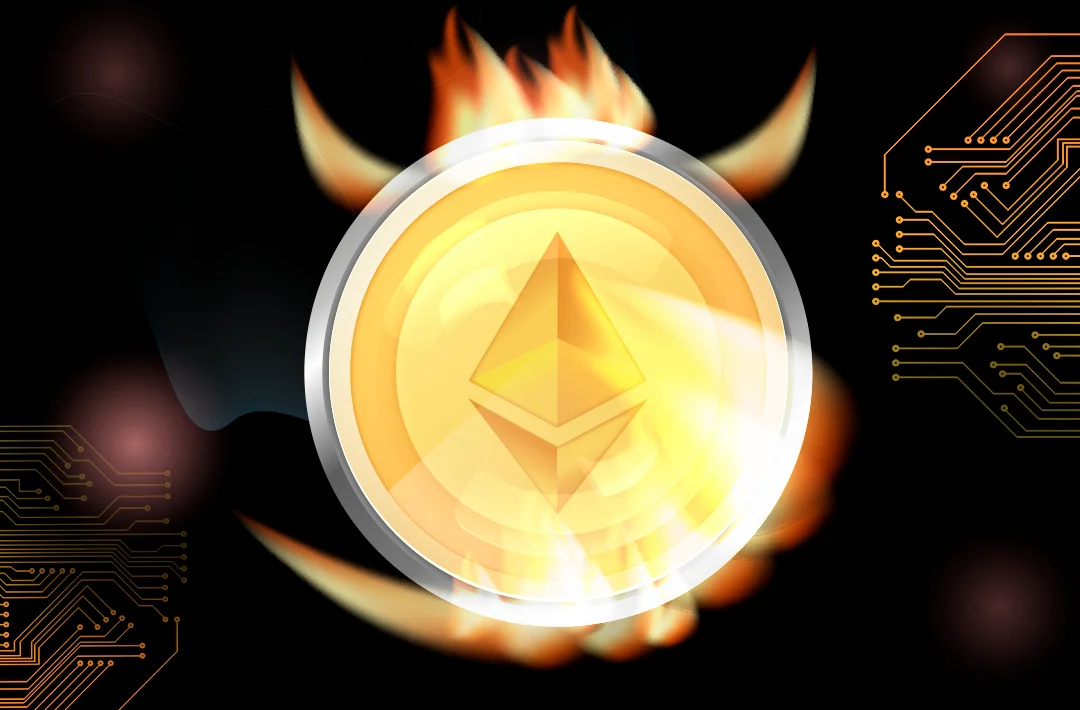Ethereum-based Turbo L2 network team will provide 400,000 TPS of bandwidth
The figure is about 4000 times faster than Solana, which became the all-time throughput record holder in May

07.08.2024 - 11:20
552
4 min
0
What’s new? The developers of the Turbo Protocol solution for scaling the Ethereum network have launched a new blockchain capable of handling 400 000 transactions per second (TPS). They made this announcement at the Blockchain Application Stanford Summit in New York. This figure is about 4000 times faster than a high-performance blockchain like Solana.
What else is known? The project is one of many new attempts to experiment with parallel transaction processing. With this technology, multiple transactions are written simultaneously, unlike the sequential execution that currently occurs on Ethereum and many other large networks.
Parallel transaction processing is used, for example, by the Aptos blockchain with the APT native token, which is ranked 33rd in the overall cryptocurrency rankings with a capitalization of $2,5 billion. Aptos was created by former Meta team members who worked on the never-released Diem cryptocurrency for Facebook. When the project appeared, the community dubbed it the “Solana killer”. At the same time, in May this year, Solana set an absolute record in terms of speed among blockchains (1054 TPS).

Solana set a record for throughput among L1 and L2 networks
In early April, the blockchain updated the record at 1054 transactions per second
The same technology is used by Mysten Labs’ Sui blockchain, which is positioning itself as a competitor to Aptos. The Mysten Labs team also includes former Meta employees. The native coin SUI ranks 50th in the cryptocurrency ranking with a capitalization of $1,63 billion.
A similar approach is used in the TON blockchain, which is closely integrated with Pavel Durov’s Telegram messenger. Thus, the TON architecture is a multilevel network, including masterchain, blockchains, and shard chains. Shard chains are implemented within each blockchain to increase scalability and parallelize transaction processing.
Also late last year, Circle, which issues the second most capitalized USDC stablecoin, patented its own parallel blockchain processing technology. The company’s chief engineer, Marcus Burstin, explained that Circle first used this technology to process transactions in Solana, which has significantly higher throughput compared to Ethereum.
Currently, Ethereum’s main blockchain handles between 20 and 30 transactions per second, Solana handles just over 1000, while global payments company Visa handles 24 000.
Since Ethereum’s launch in 2015, the blockchain has been limited by slow transaction processing and has often faced rising fees as users have had to compete to have their transactions included in the block.
As for Turbo Protocol, CEO Aaron Greenblatt noted that applications on Ethereum-based Layer 2 (L2) networks will not have to compete because of Ethereum’s gas charges:
“Any web3 project that is looking to move heavy computational workloads on-chain can use Turbo Protocol. That could be projects in the decentralized AI, gaming, and social verticals.”
Ethereum-based L2 networks such as Turbo, Optimism, and Polygon are using different approaches to create more efficient blockchain platforms where transaction packets are eventually embedded in the underlying blockchain.
Useful material?
Market
Earlier, the community criticized the project for its lack of transparency, which led to a sharp drop in the HYPE token price
Jan 8, 2025
Market
Rising US Treasury bond yields are negatively affecting risk assets
Jan 8, 2025
Mining
The Avalon Mini 3 is available for pre-order at $899
Jan 8, 2025
Market
The exchange obtained the documents as part of the Freedom of Information Act proceeding
Jan 6, 2025
Market
According to the preliminary plan, the free coin giveaway will take place in January 2025
Dec 27, 2024
Market
The fund’s issuer will be Donald Trump associate Vivek Ramaswamy’s Strive company
Dec 27, 2024









 Telegram
Telegram  Twitter
Twitter